After an era of slashers, the 1990s saw a shift in horror cinema, as filmmakers moved beyond traditional scares to explore the psychological depths of fear. More than ever before, horror transcended from pure entertainment to become a platform for sophisticated storytelling, while technological advances allowed creators to realize their darkest visions in new ways. Meanwhile, studios began taking creative risks with horror properties, leading to groundbreaking films that challenged genre conventions. The result was productions that brought something unique to horror cinema, helping establish new standards for what scary movies could achieve. From psychological thrillers that garnered mainstream acclaim to indie productions that created new subgenres, the best horror movies of the 1990s shaped how horror would evolve.
Videos by ComicBook.com
These ten films represent some of the most impactful stories of the 1990s, selected for their artistic merit, cultural significance, and lasting influence on the genre. Here’s our pick for the best horror movies of the 1990s:
Event Horizon
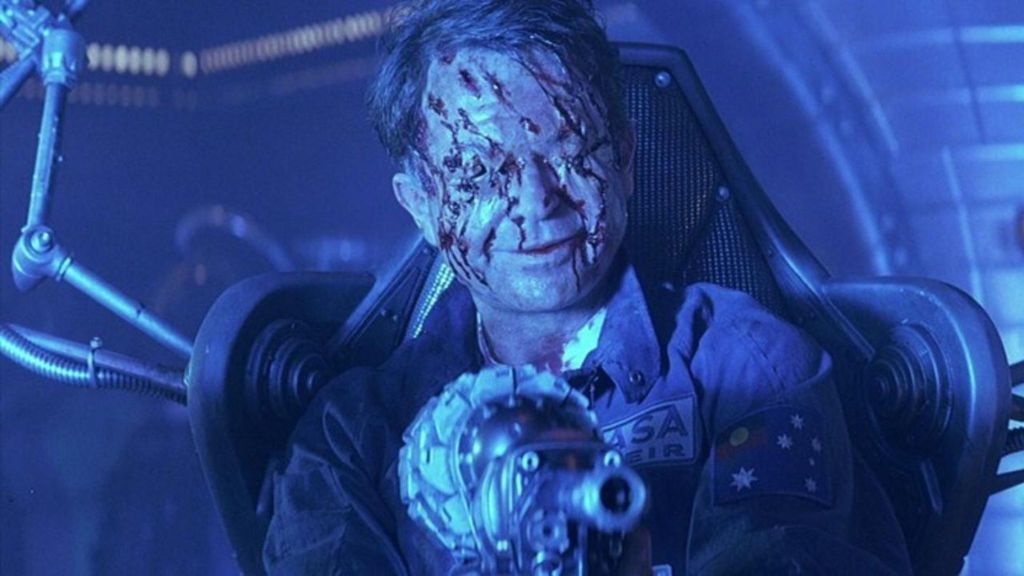
Time has vindicated Paul W.S. Anderson’s Event Horizon, transforming it from a critical and commercial failure into one of the decade’s most distinctive genre films. While initial reviews dismissed it as derivative, the film’s fusion of haunted house elements with hard sci-fi concepts opened new possibilities for cosmic horror in cinema. Its production design, which reimagined gothic architecture in a space setting, originated a striking visual style that departed from the typical sci-fi aesthetics of the era. The film’s troubled production and heavy studio interference – which led to the loss of a significantly gorier original cut – sparked decades of discussion about artistic vision in horror cinema. Yet even in its tamer form, Event Horizon demonstrates how effectively space and supernatural horror could merge. The film’s distinctive blend of psychological and visceral horror helped establish space horror as a viable subgenre for the following decades.
Audition
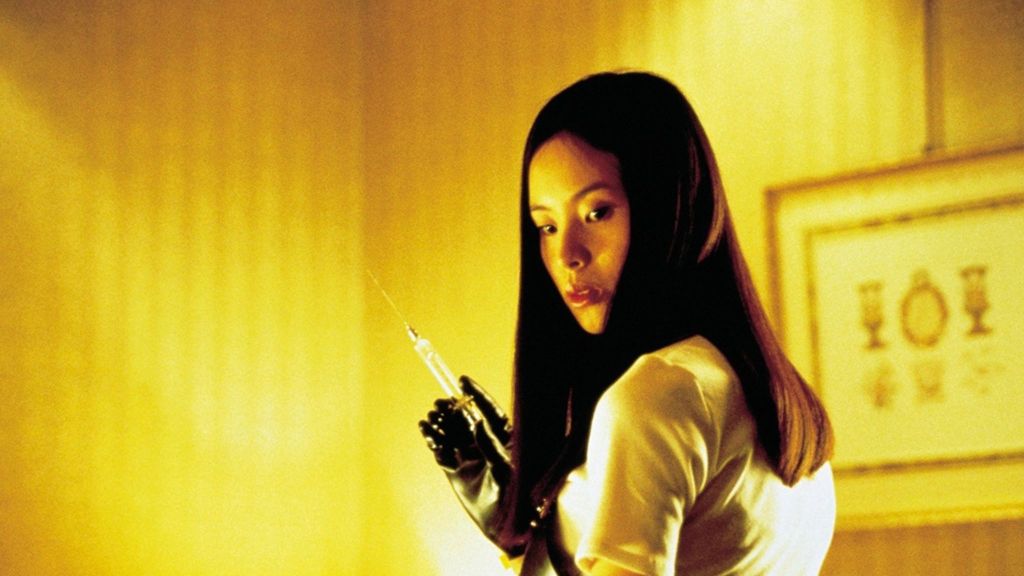
Takashi Miike’s psychological horror masterpiece served as Western audiences’ introduction to extreme Asian cinema, paving the way for the J-horror boom that would dominate the early 2000s. What begins as a meditative drama about loneliness and connection transforms into a methodical examination of gender dynamics in post-recession Japan, all while building to some of the most disturbing sequences ever filmed. The film’s reputation for causing walkouts and fainting spells at festival screenings only enhanced its status as a benchmark for psychological horror. Audition‘s influence extends far beyond its shock value. Its careful pacing and dramatic structure showed how horror could embrace arthouse sensibilities without sacrificing genre thrills. Numerous filmmakers, including Quentin Tarantino and Eli Roth, have praised its masterful manipulation of audience expectations. Audition established Miike as a major figure in international cinema while opening doors for other Asian filmmakers to reach global audiences.
The Sixth Sense
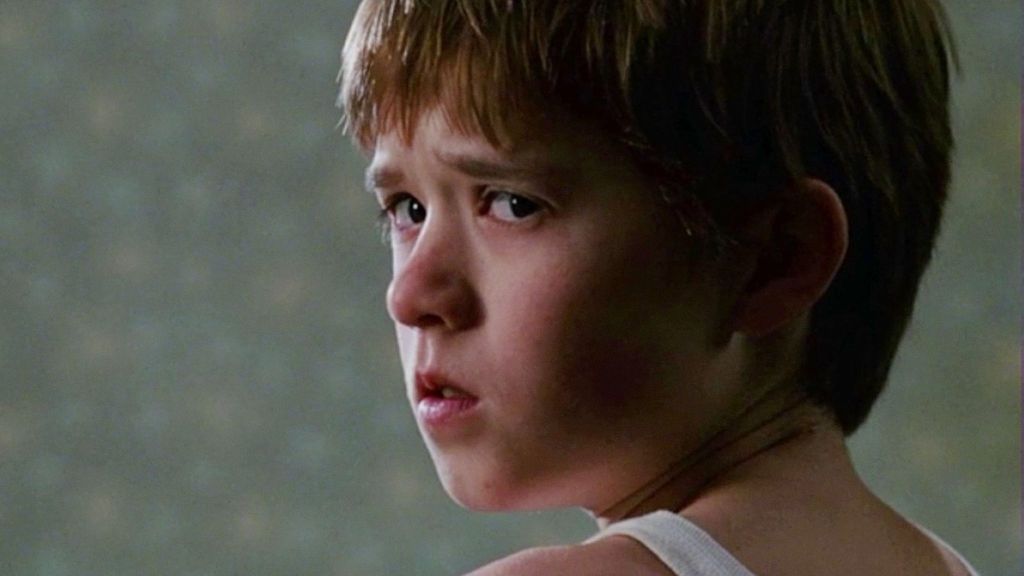
M. Night Shyamalan’s breakthrough film perfectly demonstrates horror’s potential for mainstream success without compromising genre elements. While many remember it for its famous twist, the film’s most significant achievement lies in how it transformed supernatural horror into a vehicle for exploring grief, communication, and human connection. The Sixth Sense‘s impact on the industry cannot be overstated. Its massive success ($670 million worldwide) and six Oscar nominations – including Best Picture – forced Hollywood to reconsider its approach to horror. The film proved that horror could attract A-list talent, earn critical acclaim, and appeal to audiences who typically avoided the genre. Perhaps most importantly, it showed that a horror film could terrify audiences while making them deeply care about its characters, establishing a template for character-driven horror that filmmakers still follow today.
[RELATED: 10 Best Horror Movies of the 2000s]
In the Mouth of Madness
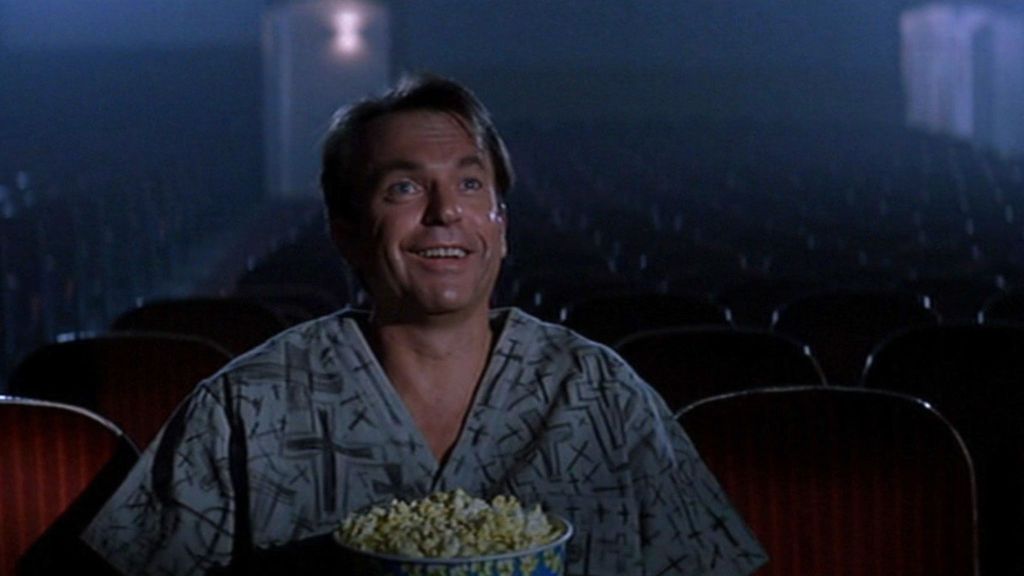
John Carpenter’s philosophical horror film arrived years before meta-narratives became common in the genre. The film interweaves themes from H.P. Lovecraft’s cosmic horror with questions about the nature of reality and fiction, exploring how stories shape our perception of the world. Its narrative structure, which constantly questions what’s real and what’s imagined, creates a unique form of psychological horror that works on multiple levels. As the final entry in Carpenter’s “Apocalypse Trilogy” (after The Thing and Prince of Darkness), the film represents the culmination of his exploration of cosmic horror and societal collapse. Its examination of mass hysteria and the power of belief systems has only grown more relevant with time, particularly in an era where the line between fiction and reality often blurs.
Jacob’s Ladder
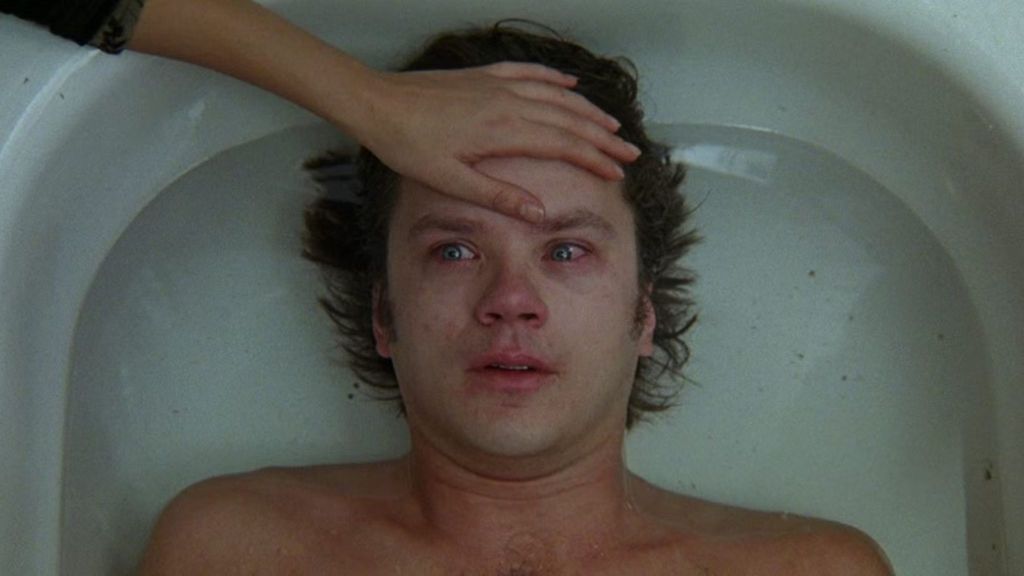
Adrian Lyne’s psychological horror film redefined how cinema could depict altered states of consciousness and trauma. The film’s signature visual effect, achieved through a combination of camera techniques and physical performance rather than optical effects, became known as the “Jacob’s Ladder effect” and appeared throughout 1990s visual media. This technical innovation demonstrated how horror could craft disturbing imagery without relying on gore or traditional monster effects. In addition, the film’s exploration of Vietnam War trauma through horror elements marked a significant shift in how genre films could approach serious subjects. By grounding its supernatural elements in the real-world context of PTSD and military experimentation, Jacob’s Ladder developed a template for horror that uses genre elements to examine genuine human suffering.
Candyman

Bernard Rose’s adaptation of Clive Barker’s story “The Forbidden” transformed a London-set tale about class divisions into a powerful examination of American racial history and urban legends. By relocating the story of Candyman to Chicago’s Cabrini-Green housing project, the film warped its supernatural elements into real social issues. Furthermore, Tony Todd’s portrayal of the titular character created an antagonist whose tragic backstory carried genuine historical weight. Rather than a simple monster, Candyman emerged as a complex figure born from America’s history of racial violence. Finally, the movie shines through its approach to urban legends, treating them as expressions of historical trauma rather than simple campfire tales.
Misery
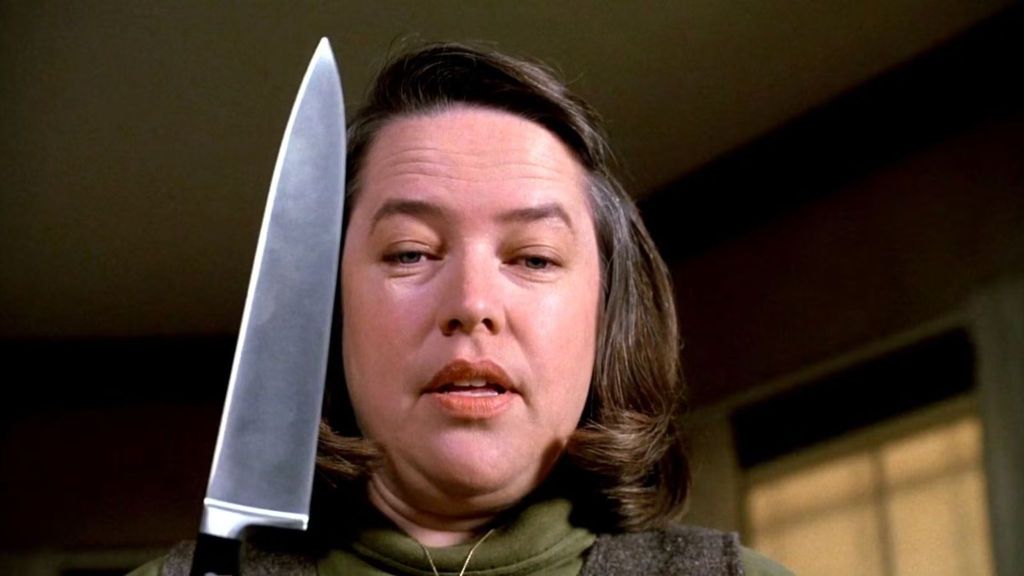
Rob Reiner’s adaptation of Stephen King’s Misery novel eliminated supernatural elements to focus on the horror of toxic fandom and obsession. Kathy Bates’ Oscar-winning performance as Annie Wilkes—the first Academy Award for a horror film performance since 1967—legitimized the genre in the eyes of many critics who typically dismissed horror. Her portrayal created a new blueprint for human monsters, proving that ordinary people could be more terrifying than supernatural threats. Plus, by confining most of the action to a single location and focusing on the power dynamic between two characters, Misery demonstrated how restraint could enhance horror’s impact. Its success proved that horror films could thrive without relying on traditional genre elements like occult threats or high body counts.
Bram Stoker’s Dracula
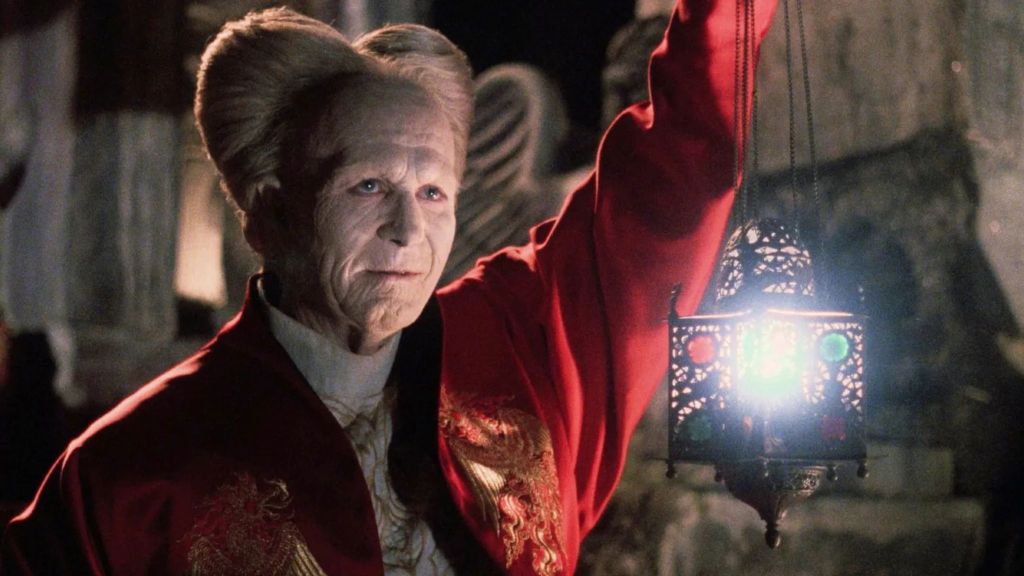
Francis Ford Coppola’s approach to Bram Stoker’s novel stood apart through its dedication to practical effects and in-camera techniques dating back to cinema’s earliest days. Instead of embracing emerging CGI technology, the production relied on forced perspective, shadow play, and multiple exposures to create its supernatural elements. This technical choice resulted in a dreamlike visual style that gives the film its unique identity among vampire movies. The Academy Award-winning costume design by Eiko Ishioka reimagined Victorian gothic aesthetics, moving away from traditional vampire film imagery toward something more exotic and romantic. Finally, Gary Oldman’s multilayered performance transformed Dracula from a straightforward monster into a tragic romantic figure without sacrificing his inherent menace. By treating the source material with both reverence and creative freedom, the film sparked renewed interest in gothic horror’s potential for artistic expression.
The Silence of the Lambs
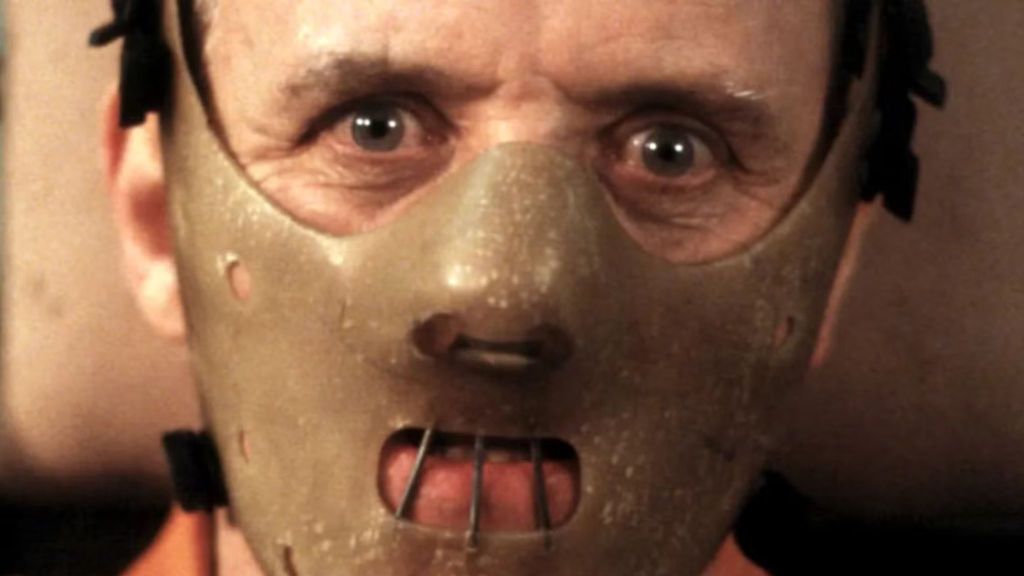
The Silence of the Lambs transcended genre boundaries to become only the third film to sweep the Academy Awards “Big Five” categories – Best Picture, Director, Actor, Actress, and Screenplay. This unprecedented recognition was well deserved. Anthony Hopkins and Jodie Foster’s committed performances elevated the material beyond typical serial killer fare, creating a psychological dance between predator and prey that emphasized character over shock value. In addition, Jonathan Demme put all his energies into technical excellence, which the director achieved by featuring Tak Fujimoto’s claustrophobic cinematography and Howard Shore’s unsettling score. Rather than relying on graphic violence, Demme used suggestion and psychological tension to create fear, which only makes it more shocking when blood is finally spilled on the screen. In the end, The Silence of the Lambs became a cinematic experience unlike any other, capable of enthralling even audience members who usually stir away from horror.
Scream
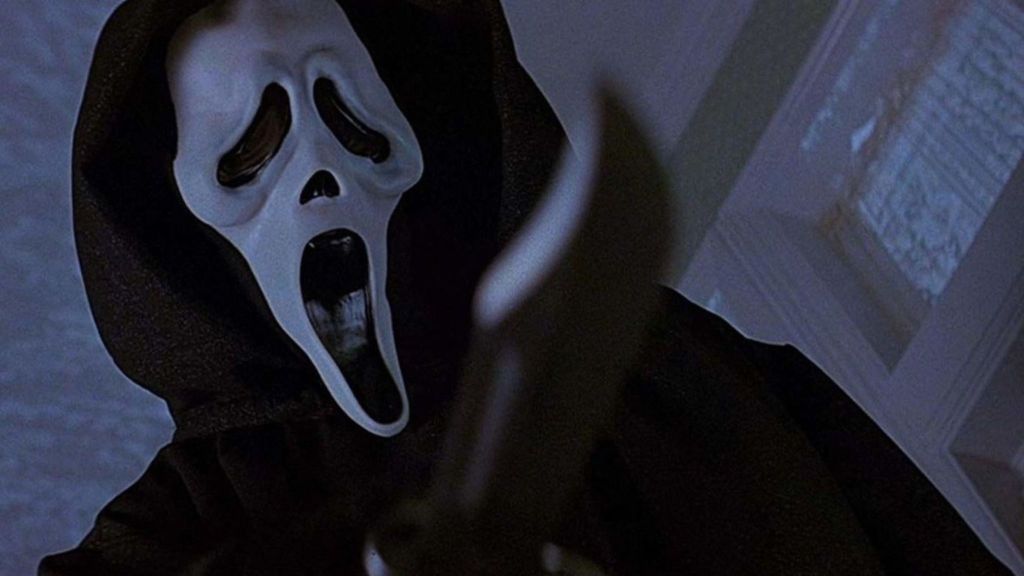
Wes Craven’s meta-slasher didn’t just acknowledge horror conventions. It dissected them while proving they could still work. The success of Scream can be explained by its unique sort of self-awareness, as the slasher creates a world where characters’ knowledge of horror movies becomes crucial to their survival. This approach respected audience intelligence while delivering genuine scares, establishing a new paradigm for horror storytelling. Kevin Williamson’s script balanced its deconstructionist elements with grounded character development, particularly in its treatment of Sidney Prescott (Neve Campbell). Unlike traditional slasher films where teenagers existed merely as victims or one-dimensional final girls, Scream gave its young characters agency and complexity. The film’s commercial success disproved the belief that slasher films had run their course, while its critical acclaim showed that self-referential horror needn’t sacrifice effectiveness. Most significantly, Scream rejected the notion that horror audiences were unsophisticated, paving the way for more narratively complex genre films.








